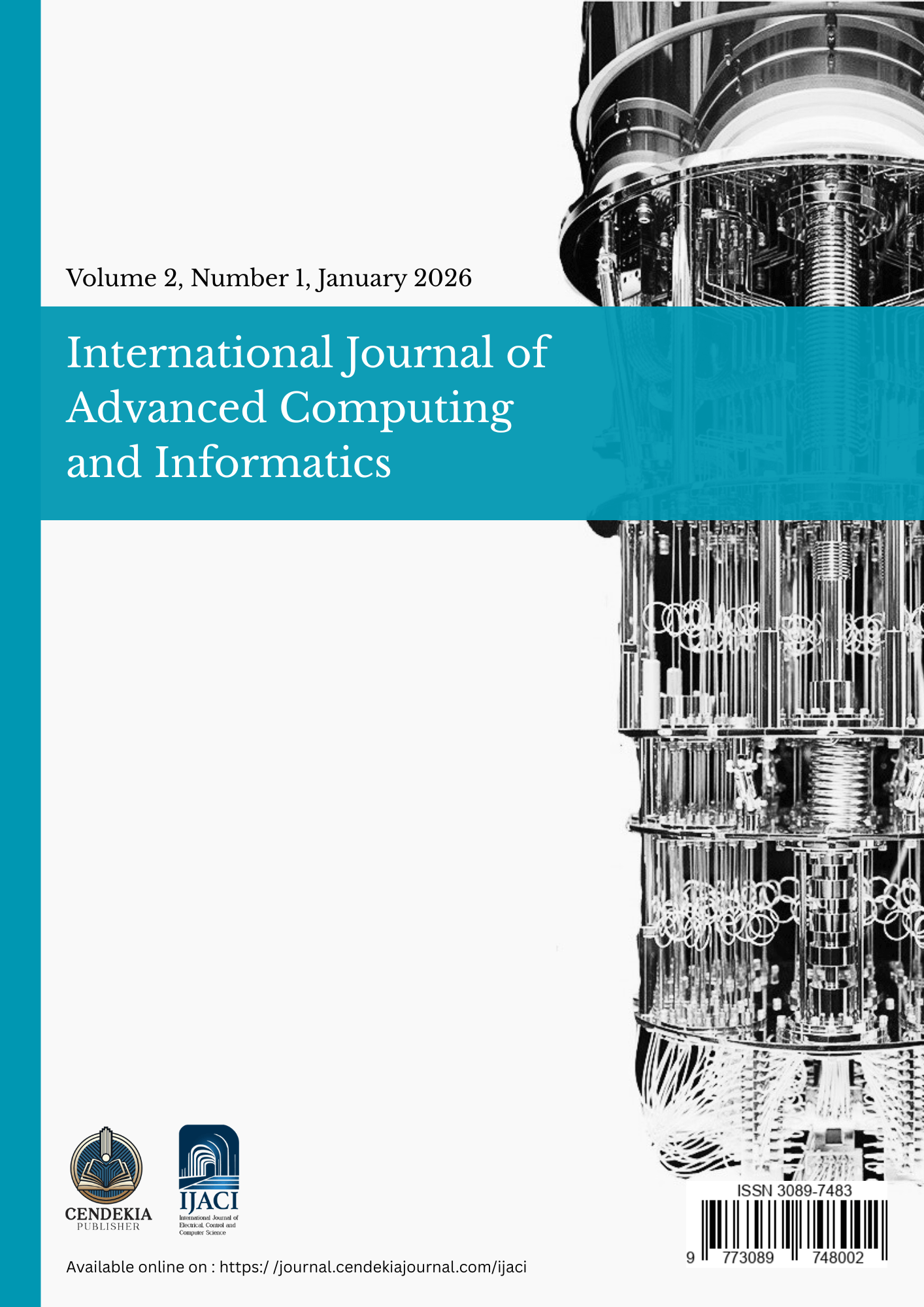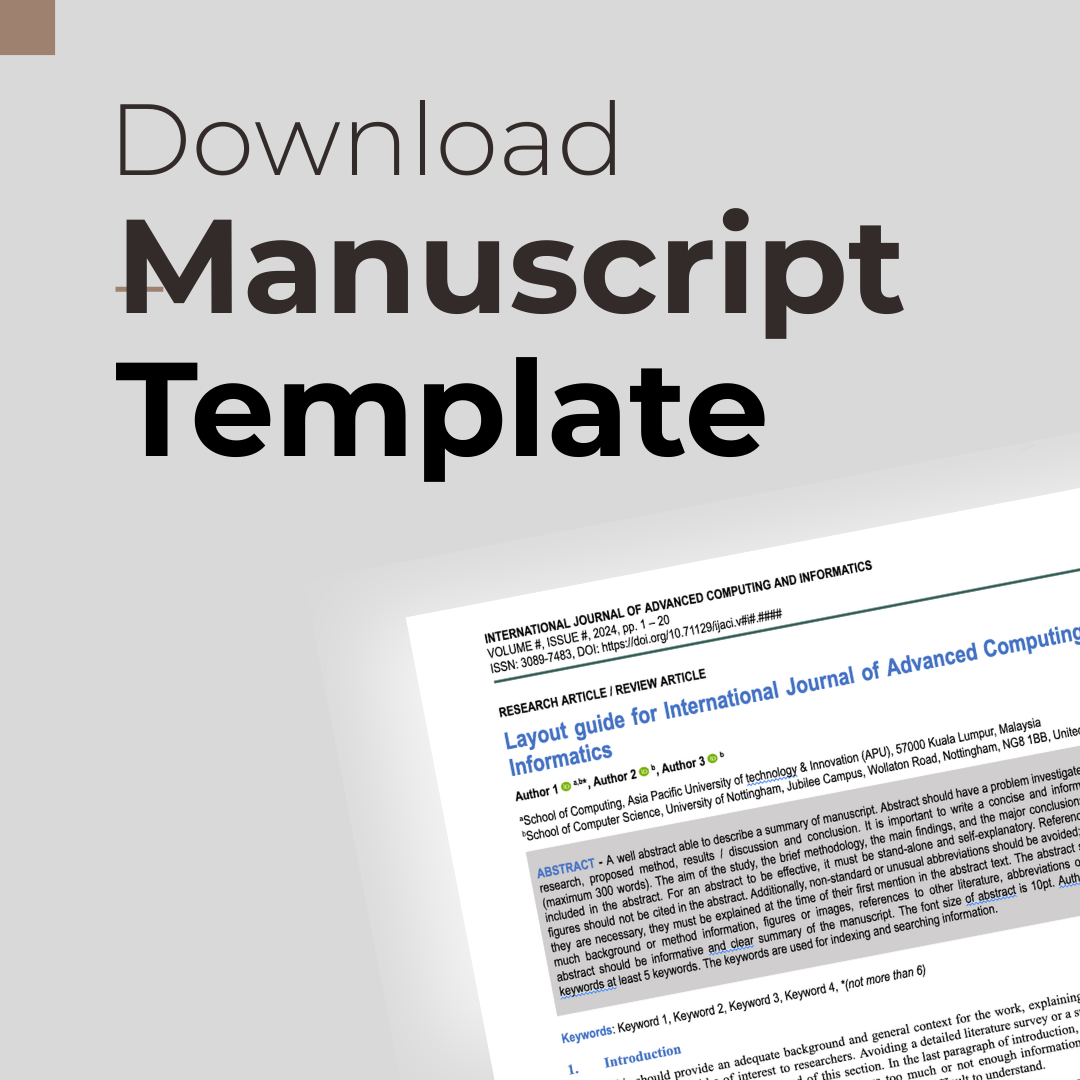Tamper Localization and Content Restoration in Fragile Image Watermarking: A Review
DOI:
https://doi.org/10.71129/ijaci.v2i1.pp62-74Keywords:
self-recovery, authentication, image watermarking, content restoration, tamper coincidenceAbstract
The widespread availability of image editing software makes editing and distributing images easy, complicating the ability to trust their content. Such images can be manipulated in forgery attacks to disseminate false propaganda, undermining their authenticity and originality. This paper presents a review focusing on the tamper localization and content recovery in fragile image watermarking. As a result, image authentication plays a crucial role in protecting the integrity of digital images. This review investigates the primary challenge encountered by the researcher in tamper localization and self-recovery such as limited space for embedding the recovery data. Another problem faced by researchers in image authentication and self-recovery is the presence of the tamper coincidence problem. This review also discusses the tamper coincidence problem in fragile watermarking. It occurs when the recovery data is missing because both the original block and another block for storing recovery data are tampered with. This study serves as a comprehensive reference for researchers, and the issue of tampering coincidence may significantly affect the recovered image quality. The existing methods are discussed for embedding authentication bits and recovery data to examine the overall watermarking performance. These findings have a potential solution for identifying the tampered region problems in fragile image watermarking.
Downloads
Published
Abstract
-
122 views
PDF Download
- 59 times
Issue
Section
License
Copyright (c) 2026 Agit Amrullah, Afrig Aminuddin (Author)

This work is licensed under a Creative Commons Attribution 4.0 International License.







